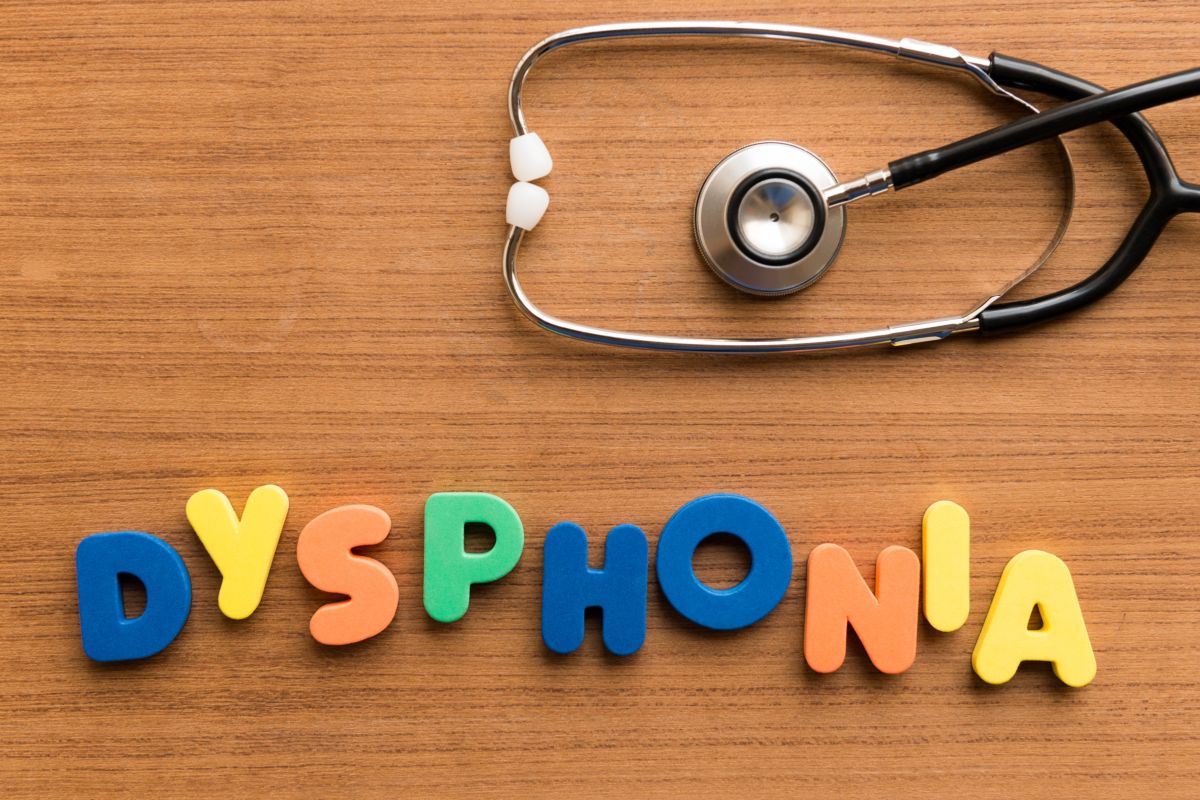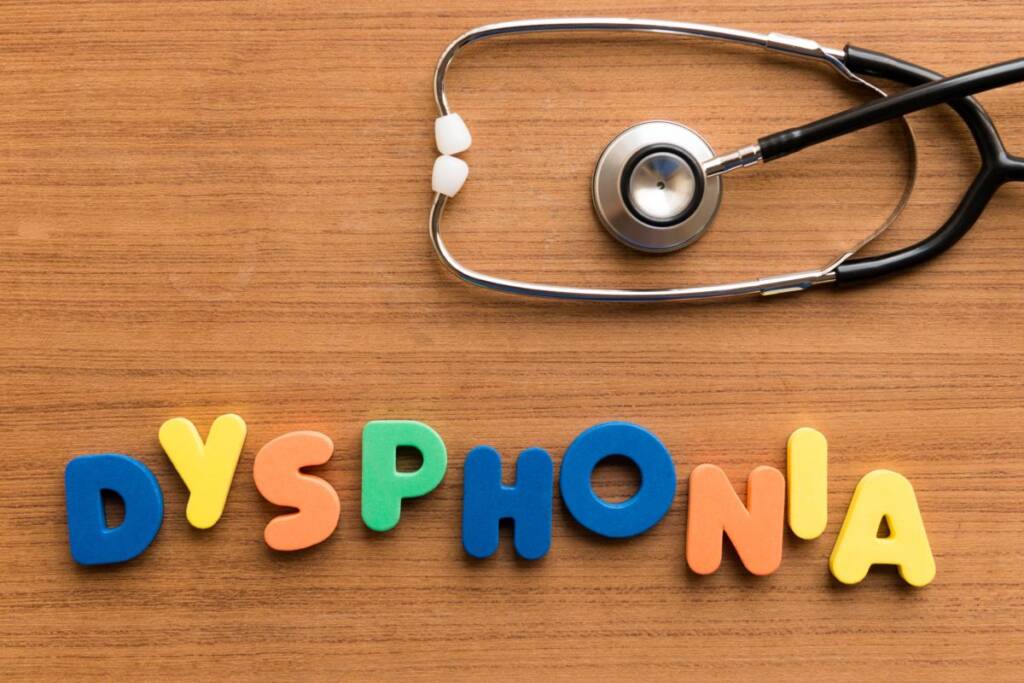Health
Dysphonia: How to recognize and treat this voice-related problem

Dysphonia is a voice alteration that can have different causes and solutions. Let's find out everything there is to know about it.
The problems related to the voice are many and varied and can arise at any time of life, in different ways and for very different reasons.
For this reason, learning to recognize them is a way not to suffer from them for a long time and to catch them when they are still in their infancy and, therefore, more treatable.
An example is that of dysphonia. This disturbance of the voice which, unlike aphonia , is not total, is characterized by an alteration both in form and in quality. Those who suffer from it can therefore find themselves having a hoarse voice, lower or with moments in which it is almost absent.
Luckily this is an easily fixable problem . Let's find out how.
Dysphonia: symptoms and causes
As already mentioned, we speak of dysphonia when there is an alteration of the voice.
This in turn can occur for various causes including crying (as in the case of newborns), prolonged use of the voice or certain pathologies to the detriment of the organs responsible for the emission of the voice itself.

Going to the symptoms, among the most frequent we find:
– Intensity of the altered voice
– Change in timbre of voice
– Difficulty speaking
– Sore throat
– Low or broken voice
– Feeling of constriction in the throat
– Partial absence of the voice
When you are in the presence of these symptoms it is very important to consult your doctor in order to understand the cause. In this way it will be possible to implement the most suitable solution.
Generally, the doctor who deals with these problems is the otorhinolaryngologist who, through a careful history, will be able to trace the triggering cause of the hoarseness.
To help himself, in some cases, the doctor could make use of some tests such as video stroboscopy or firolaryngoscopy or endoscopy. Then there are additional tests such as the voice test that can help identify a more difficult to understand cause.
Having said that, hoarseness can be of two types, namely functional and organic. The first is that which has no modifications of the organs and which almost always depends on an abuse of the voice itself. The second, as the name suggests, depends on a change in one of the organs that underlie the vocal function. An example is laryngitis or pharyngitis but also health problems such as gastroesophageal reflux , granulomas or, in rarer cases, neoformations which will obviously need to be investigated.
How to cure dysphonia
As is often the case in these cases, the treatment of hoarseness largely depends on the cause and therefore varies from person to person. If for laryngitis it is enough to cure it, in case of structural problems further tests will have to be performed after which an intervention may be necessary.
In any case, speaking of healing times, it is important to know that in most cases, hoarseness tends to heal in a week or, at most, in 15 days . The time variation depends on the state of the problem at the start of the treatment.
In case of more serious problems and for which surgery is necessary, the voice may not have a total recovery but only a partial one. Having said that, in most cases, the problem tends to resolve itself or with some simple treatment recommended even by the attending physician.
Riproduzione riservata © - WT











